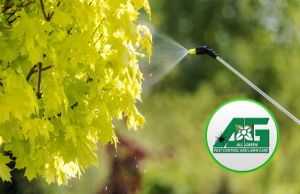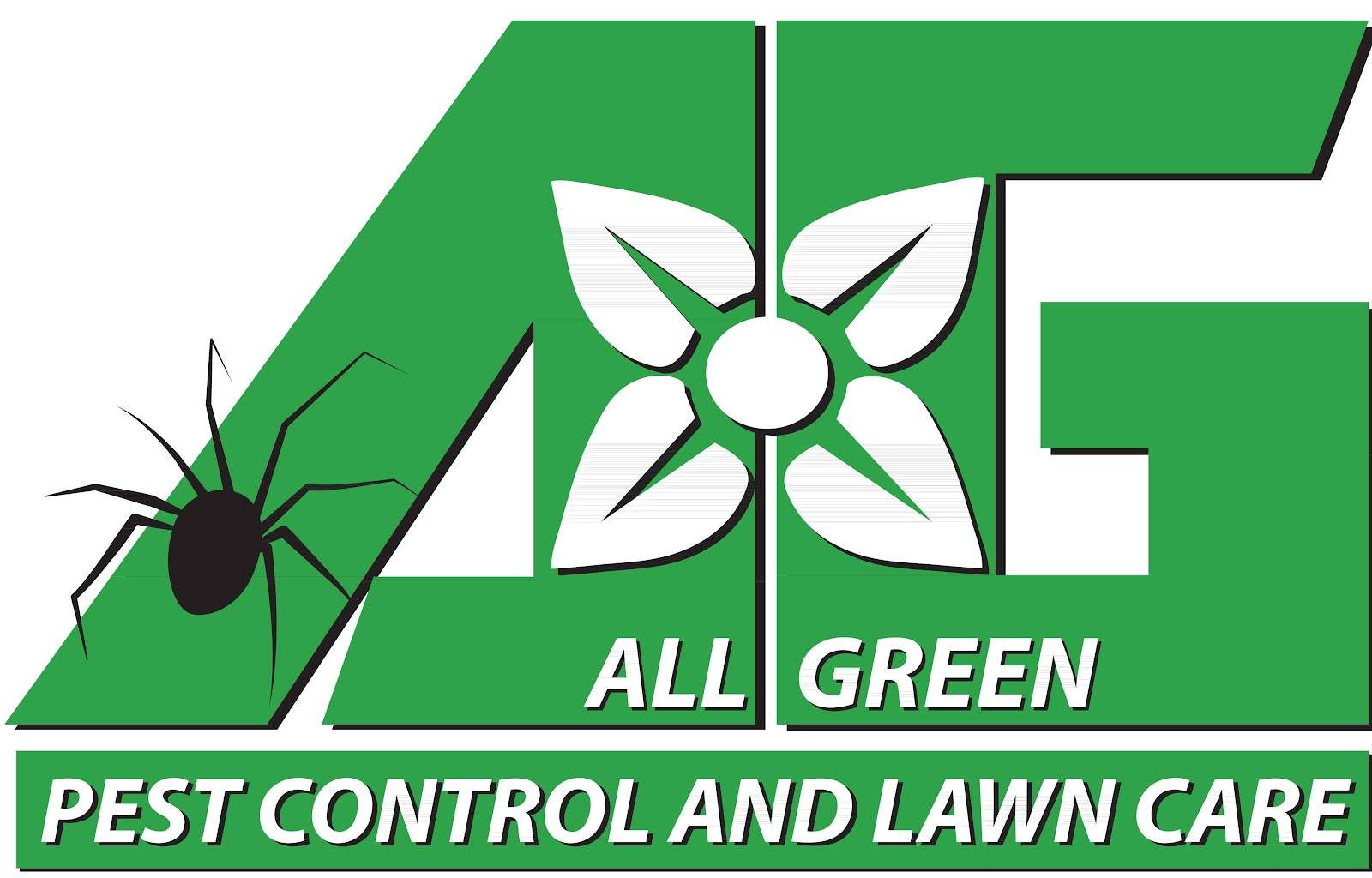
The Importance of Tree Maintenance Services for Pest Control, Fungal, and Disease Treatments
Maintaining the health of your trees is crucial not only for aesthetic reasons but also for the overall well-being of your landscape. Regular tree maintenance services play a vital role in preventing and managing pests, fungi, and diseases that can harm your trees. In this blog, we’ll explore the different types of pests, fungi, and diseases that affect trees, how to identify them, and the steps you can take to address and resolve these issues.
Tree Services: Essential for Pest Control
Common Tree Pests and How to Identify Them
Tree pests can cause significant damage if not managed promptly. Some common pests include:
- Emerald Ash Borer: This invasive beetle targets ash trees, causing dieback and eventual death. Signs include D-shaped exit holes and serpentine galleries under the bark. (en.wikipedia.org)
- Bagworms: Larvae of the bagworm moth create protective bags from plant material. Infestations lead to defoliation and can weaken trees. (thespruce.com)
- Birch Leafminer: The larvae of this sawfly feed between birch leaves, causing blotchy, discolored areas. (en.wikipedia.org)
Steps to Address Tree Pest Problems
- Regular Inspections: Conduct routine checks for signs of pests, such as unusual leaf damage or presence of insects.
- Mechanical Removal: For minor infestations, manually remove pests or their nests.(bhg.com)
- Chemical Treatments: Apply appropriate insecticides, following label instructions, to control severe infestations.
- Professional Help: Consult certified arborists for persistent or widespread pest issues.
Tree Fungus: Identifying and Managing Fungal Infections
Common Tree Fungi and Their Effects
Fungal infections can lead to various tree health issues:
- Diplodia Tip Blight: Affects pine trees, causing needle browning and dieback. (en.wikipedia.org)
- Foamy Bark Canker: Targets oak trees, leading to oozing sap and eventual tree death. (en.wikipedia.org)
- Ganoderma Root Rot: Affects a wide range of trees, causing decay and structural weakness. (en.wikipedia.org)
Steps to Address Tree Fungal Problems
- Proper Pruning: Remove infected branches to prevent the spread of fungi.
- Improve Air Circulation: Ensure trees have adequate spacing and are not overcrowded.
- Fungicide Application: Apply fungicides as a preventive measure or to treat active infections.(thespruce.com)
- Soil Management: Avoid overwatering and ensure proper drainage to reduce fungal growth.
Tree Diseases: Prevention and Treatment
Common Tree Diseases and Their Impact
Tree diseases can be caused by fungi, bacteria, or viruses:
- Dutch Elm Disease: Spread by elm bark beetles, causing wilting and yellowing of leaves. (advanced-treecare.com)
- Apple Scab: A fungal disease affecting apple trees, leading to dark, scaly lesions on leaves and fruit. (advanced-treecare.com)
- Cercospora Leaf Spot: Affects various trees, causing premature leaf drop and reduced vigor. (southernliving.com)
Steps to Address Tree Disease Problems
- Early Detection: Monitor trees regularly for symptoms of disease.
- Cultural Practices: Implement proper watering, mulching, and fertilization to strengthen tree health.
- Chemical Treatments: Use fungicides or bactericides as recommended for specific diseases.
- Tree Removal: In severe cases, remove and destroy infected trees to prevent the spread of disease.(advanced-treecare.com)
Conclusion for Tree Diseases, Tree Fungus, and Tree Pests
Regular tree maintenance services are essential for preventing and managing pests, fungi, and diseases that can harm your trees. By identifying issues early and taking appropriate action, you can ensure the health and longevity of your trees. Always consult with certified arborists for professional advice and treatment options.
For more information on tree care and maintenance, visit reputable sources like the University of California Agriculture and Natural Resources and The Morton Arboretum.
Absolutely! Here’s an added section on the importance of regular fertilization for trees, formatted to match the blog structure and SEO-friendly headings:
Tree Services: The Importance of Regular Fertilization
Why Tree Fertilization Matters
Just like lawns and garden plants, trees require essential nutrients to grow strong, resist disease, and survive environmental stressors. However, many urban and suburban landscapes lack the natural nutrient cycles found in forests, making regular fertilization an essential component of tree maintenance services.
Without adequate nutrients, trees may show signs of poor health, including:
- Yellowing or undersized leaves
- Slow growth
- Thinning canopies
- Increased susceptibility to pests, fungi, and diseases
Benefits of Tree Fertilization
- Enhanced Growth: Fertilization supplies essential nutrients like nitrogen, phosphorus, and potassium, promoting healthy foliage, roots, and overall vigor.
- Increased Resistance: Well-nourished trees are better equipped to fend off tree pests, fungal infections, and diseases.
- Improved Soil Health: Quality fertilizers can help improve soil structure and microbial activity, making it easier for trees to absorb water and nutrients.
- Stress Recovery: Fertilization helps trees recover from stressors such as drought, pruning, transplanting, or pest infestations.
How to Fertilize Trees Correctly
Step 1: Soil Testing
Before applying any fertilizer, conduct a soil test to determine which nutrients are lacking. This helps avoid over-fertilization and targets deficiencies accurately.
You can learn more about soil testing from University of Minnesota Extension.
Step 2: Choose the Right Fertilizer
Select a slow-release fertilizer formulated specifically for trees and shrubs. Products should ideally have a balanced ratio of N-P-K (nitrogen, phosphorus, potassium), adjusted to soil test results.
Step 3: Apply Fertilizer Properly
- Deep Root Feeding: A method where fertilizer is injected into the root zone to reach the area where roots actively absorb nutrients.
- Broadcast Method: Spread granular fertilizer evenly under the tree canopy, keeping it away from the trunk.
- Liquid Application: Useful for quick absorption in stressed trees, often done by professionals.
Step 4: Timing
The best time to fertilize most trees is in early spring or late fall, when roots are active, but before or after peak growing seasons. Avoid fertilizing during drought or extreme heat unless recommended by a professional.
Professional Tree Fertilization Services
Hiring certified arborists for fertilization ensures:
- Accurate nutrient diagnosis
- Use of professional-grade products
- Safe application techniques
- Long-term care planning
For more technical guidance on tree fertilization, visit The Morton Arboretum’s Tree Fertilization Guide.
Certainly! Here are the Google Business Profile links for all All Green Pest Control and Lawn Care locations in Utah, optimized for local SEO:
📍 All Green Pest Control and Lawn Care Locations in Utah for Tree Spraying Services
1. Provo (Headquarters)
- Address: 2452 W Center St, Provo, UT 84601
- Phone: (801) 477-1289
- Google Business Profile: View Profile
2. Midvale
- Address: 7026 Commerce Park Dr, Suite 114, Midvale, UT 84047
- Phone: (801) 513-7300
- Google Business Profile: View Profile
3. St. George
- Address: 54 S 200 E, St. George, UT 84770
- Phone: (435) 288-3115
- Google Business Profile: View Profile
4. Washington
- Address: 87 E 3930 S, Washington, UT 84780
- Phone: (435) 288-3114
- Google Business Profile: View Profile
Don’t forget that how your water your trees affects the health of your trees too. Be sure to rive your trees a deep soaking at least once per week to keep them properly hydrated. Also, your lawn benefits from correct watering, too. Be sure to check out our blog about correct watering, sprinkler coverage, hydrophobic soil, and drought stress
